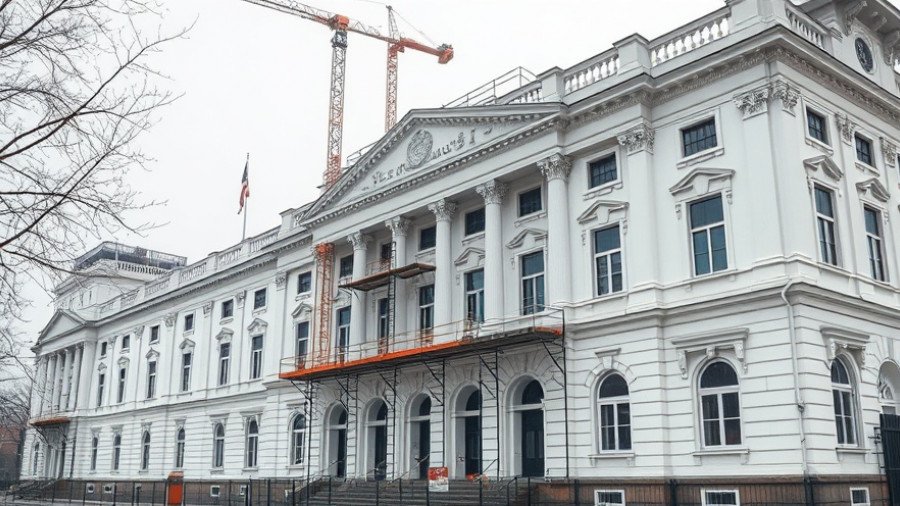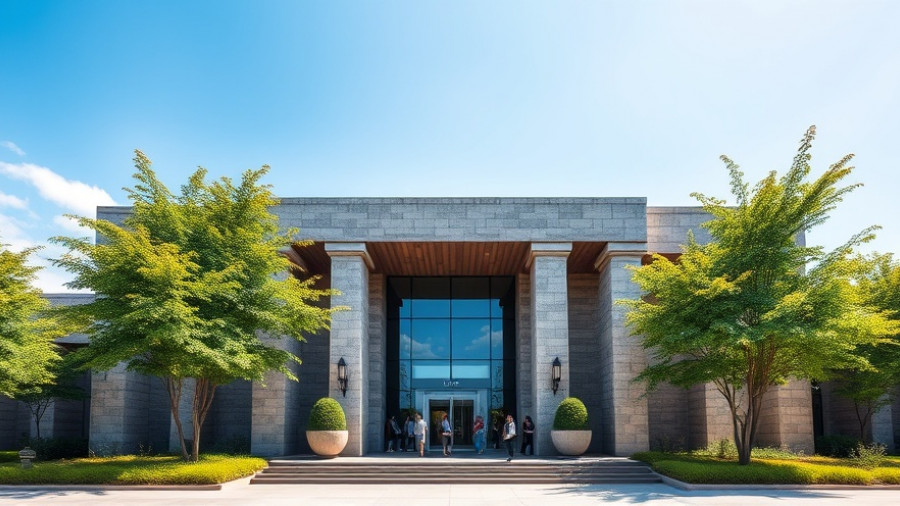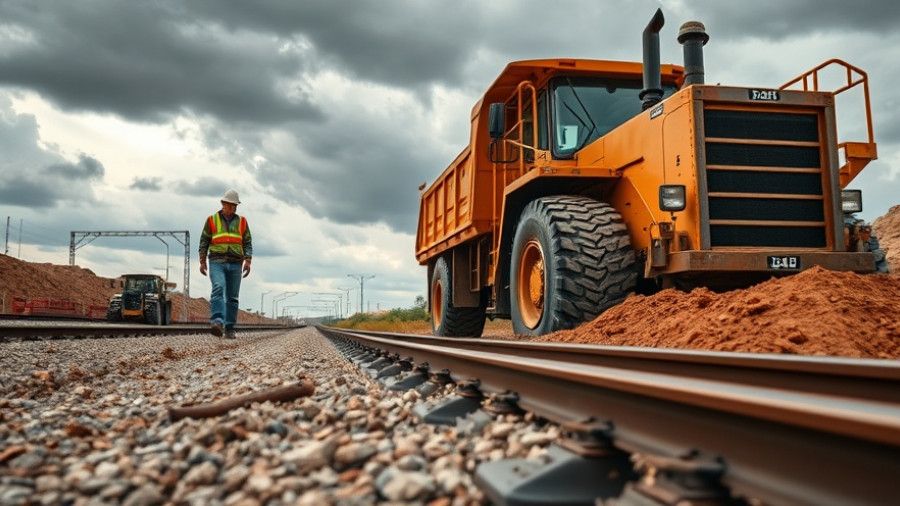
Breaking the Mold: Women in Construction
The construction industry, long dominated by men, is slowly but surely making room for women, thanks in part to innovative initiatives like the magazine Move Over Bob. With only about 10% of construction workers being women as of 2024, according to the Bureau of Labor Statistics, the need for diversifying this field has never been more pressing. Kate Glantz, co-founder of this Arizona-based publication, is determined to change perceptions and open doors for young women looking at careers in trades.
Meet Them Where They Are
Glantz's unique approach centers around recognition of the barriers in accessibility and engagement. “Girls aren't Googling how to be a construction worker,” she explains, highlighting an awareness issue that many overlook. By creating a magazine that speaks directly to young women, Glantz is positioned to meet them at eye level, delivering real stories and pathways within the construction field. As a strategy, this not only breaks down the stigma surrounding women in trades but serves as a recruitment tool to combat the skilled labor shortage in the U.S.
Empowering Through Education
Education is at the core of Move Over Bob. With partnerships established in around 350 schools across Arizona, the magazine is directly distributed to young women through their backpacks. This grassroots approach nurtures awareness from an educational standpoint, showing girls the tangible opportunities available to them in construction. Socially conscious businesses and property developers should take note—this initiative may very well reshape the workforce and provide them with skilled female labor that the industry desperately needs.
Beyond Recruitment: Changing the Narrative
While recruiting is a crucial focus, Glantz emphasizes that the mission of the magazine extends beyond merely filling spots in the workforce. It aims to change the narrative around who can thrive in construction. By showcasing female role models, sharing success stories, and demystifying the trades, the publication has the potential to inspire not just individual careers, but collective change in workplace dynamics.
Creating a Sustainable Workforce
For business owners, property developers, and community planners, investing in diverse talent can enhance innovation and problem-solving capabilities within teams. The construction sector, often resistant to change, can benefit tremendously from insights and fresh perspectives brought in by new entrants. Supporting initiatives like Move Over Bob is not just a social responsibility; it is also a strategic advantage that could lay the groundwork for a more resilient and adaptive industry.
Taking Action: Supporting Women in Trades
As construction continues to evolve, the call to action is clear for industry stakeholders. By championing initiatives that promote diversity within the sector, particularly through supporting programs like Move Over Bob, businesses can secure a stronger labor force and advocate for a more inclusive culture. It's time to stop thinking of construction as a 'boys club' and to start building bridges for women looking to enter this impactful field.
 Add Row
Add Row  Add
Add 




Write A Comment